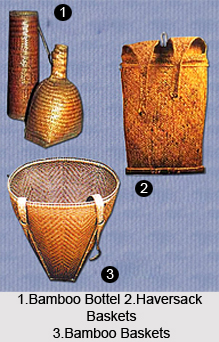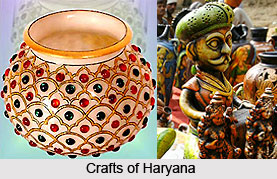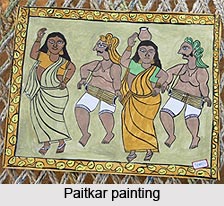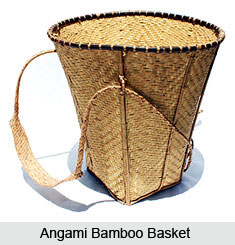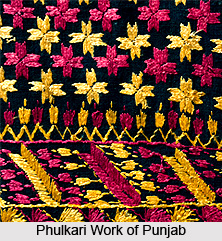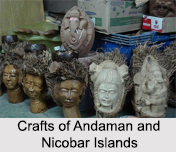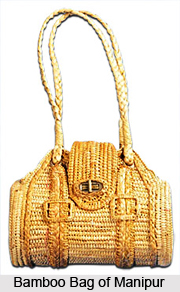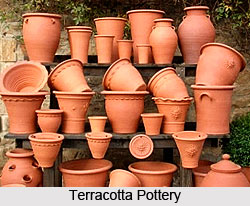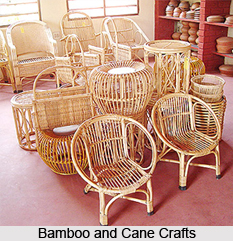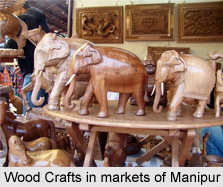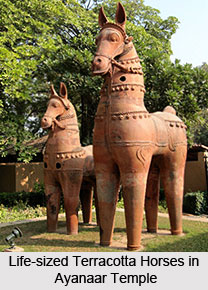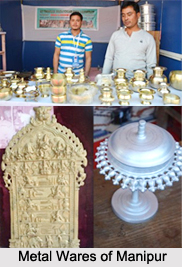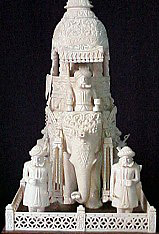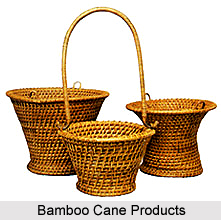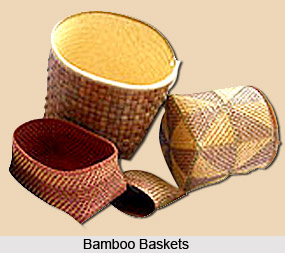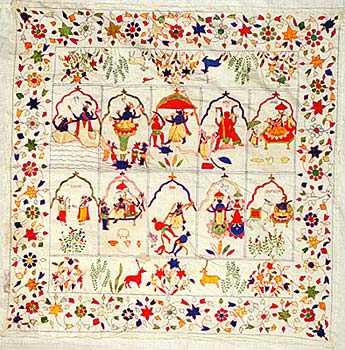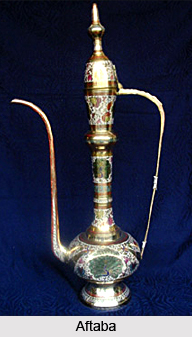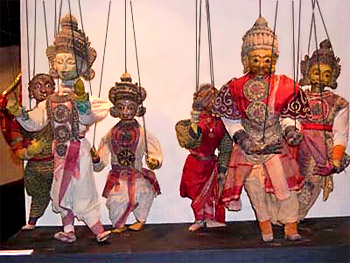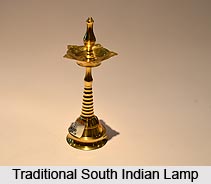 Light is a universally accepted force that is regarded as a symbol of knowledge, which removes the darkness of ignorance. Light has spiritual association according to the Indian scriptures and mythology. There is a myth here in South India that goddess Lakshmi provides her blessings to those who propitiate her by lighting lamps in their homes. This myth is believed all over India but in Tamil Nadu it is practiced specially during the month of Karthigai.
Light is a universally accepted force that is regarded as a symbol of knowledge, which removes the darkness of ignorance. Light has spiritual association according to the Indian scriptures and mythology. There is a myth here in South India that goddess Lakshmi provides her blessings to those who propitiate her by lighting lamps in their homes. This myth is believed all over India but in Tamil Nadu it is practiced specially during the month of Karthigai.
In Tiruvannamalai, thousands of lamps are lit to worship Lord Siva. Since long time, lamp is regarded as an emblem of Agni, the God of Fire as well the Sun God, Surya. The lamp is said to be filled with sanctity mainly because of its light giving characteristic. Even the primitive civilizations of early historic period were in the habit of using lamps of stone or shell in worship.
The earliest lamps were bowl shaped with a beak at the side for a wick. Lamps were always lit with a base or pedestal. It is because according to the rules of sculpture or Shilpa Shastras, Mother Earth cannot bear the heat of the light. As the time passed, the standard lamps of simple shape became more complicated and elaborate.
The lamps can be categorised into several types such as the `kuthuvilakku` or standing lamps, arthi or votive lamps, deepalakshnti or chain lamps. The standing lamps or the `kuthuvilakku` lamps have five wicked bowls on the top and there is a trim pedestal fixed firmly on a heavy circular base. These lamps are used in common households and these are also used in ceremonial platforms. These lamps are usually decorated on the top with the structures of the `hamsas` or mythical swan and sometimes religious symbols are also carved. It is said that lamps were originally stuck to the ground but subsequently have become individual pieces and thus got their name.
The reference of the `Thongavillaku` or the eternal lamp was found in the Chola inscriptions of South India. It was said to be the lamp which burns all through the night without attention. These lamps can be seen in the temples hung by a chain. Kilai or branch vilakkus are also seen in the temples to light up the courtyards. These lamps are made up of a number of branches fixed to the main stem designed to look like branches.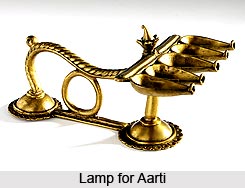
The Roman settlers in South India at first initiated a lamp named `Pavai vilakku`, which bore a traditional female figure on it. This was modified further by the Tamil Nadu bronze workers by adorning it with the ornamentation according to the period. One more type of ornamental lamp is the thoratnavilakka type, which is a hand lamp and provides magnificent elucidation. The reference of this type of lamps can be found from the Pandya and the Chola inscriptions.
The pilgrims approaching to the Murugan or Mariamman temples used a type of pot lamps known as the `Karaha deepam`. The `bhagein lamps` are of brass sheets and are used in the mandapams of Andhra Pradesh state of South India. The lamps are of tree shaped with leaves or flowers and the Ramayana is engraved on the leaves.
Since very early period lamps and temple bells were made in Kerala by using bell metal, an alloy of copper, brass or tin. The tower like lamps of Kerala is renowned in India. These are strongly related with the religious and cultural needs of the people of South India. These auspicious lamps have increased the solemnity and festivity of all occasions of the country since the dawn of the human civilisation.
